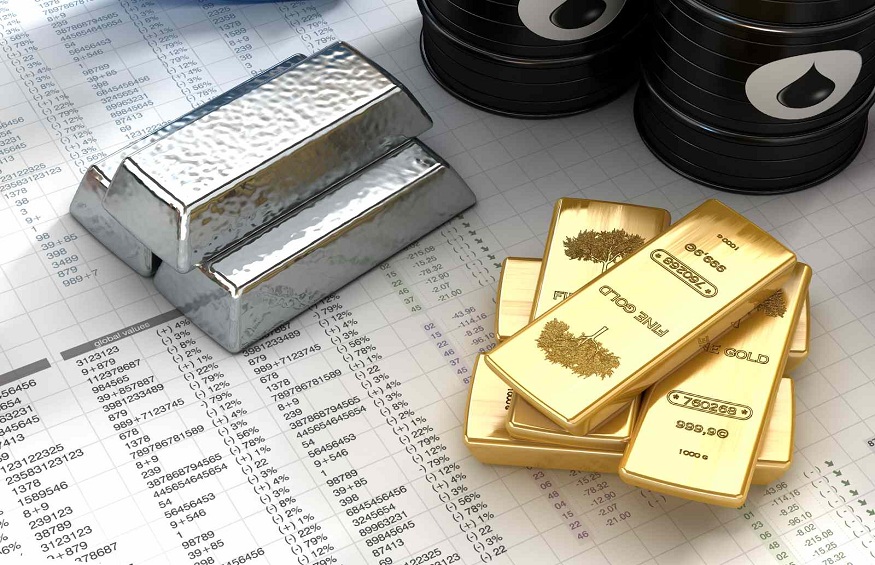Victoria became a colony in 1851, right about the same year that gold was discovered in the district. The Victorian gold rush played an important role in the history of Australia and shaped the country to become what it is today. A lot has been said about the gold rush and it’s pretty clear that this yellow metal still plays an important role in the culture of Australia especially in Victoria and in particular, its capital Melbourne. Judging by the number of sell bullion adverts online and on shop windows, the gold industry is still flourishing. Here are some interesting facts about what happened during the gold rush.

The gold rush brought an influx of migrants from across the seas. By the end of 1851, more than 30,000 migrants had arrived in the area eager to find nuggets of gold on the streets. The gold rush made Australia the preferred place for men wanting to make their fortunes in the world. In a way, it still does this to this day.
The gold rush brought a diverse population. People came from all over Europe, Americans also made their way to the Australian gold rush. The Chinese population in 1853 stood at 2,000 in and around Melbourne.
The indigenous people of Australia are often left out in the history of the Australian Gold Rush. There is evidence that the Aborigines were as attracted to the gold rush as the rest of the world. Most of the digging was happening an areas that were part of clan land and offered trade opportunities.
By 1852, the population in Melbourne had grown so much the city was struggling to accommodate and provide resources for all those people who were coming in. By 1854, Melbourne resembled a Third World city with poor sanitation, no accommodation, crime, disease, etc.
Melbourne became the capital of the wealthiest colony. This pushed some progressive changes in the infrastructure and buildings that came later. It might have started as a grubby, lawless place but it soon changed with road networks being provided, steel bridges, railways, reservoirs and more. Melbourne gradually turned into a civilised city. There are some remnants of the old in some of the architecture of that golden age.
As the city grew, the population fell from 38% to 23% in ten years. A lot of them lived in the gold fields, a third lived in tents. Towns grew around the gold rush and more people moved to Bendigo, Ballarat, Castlemaine, Ararat, Heathcote and Marlborough.
The Gold Rush had a destructive impact on the environment. It left mounds of mine waste, hills stripped of trees a and grassland. With no vegetation or greenery, large swathes of land were eroded changing the landscape. Some ecosystems have never recovered from the onslaught.
Life in the gold fields was hard. Miners worked from dawn to dusk in the heat, dust and with little water. Everything was expensive. Shelter, food, clean water, fuel were hard to come by. With no guarantee of not finding gold you either died trying, gave up or struck it lucky. Those who did get lucky were few and far in between and selling gold to Melbourne dealers was not always easy.
There were fewer women than men on the goldfields. By 1853, the population of the goldfields numbered 46,550 men to 10,740 women. Women came to the goldfields as wives, sisters, daughters and mothers. Women also worked as nurses and teachers and were highly regarded as the civilizing force for single men by helping create families and preserve Christian values.
The Eureka Stockade is regarded as the event that sped up the democratic processes. It happened when miners in Ballarat protested against the government tax law that called for miners to pay for licenses whether they were having any success or not. 30 miners, including two policemen were killed in the rebellion.
The history of gold in the Victorian District, had an impact on how the city of Melbourne progressed through the years. Gold had become the biggest economic driver in Australia and Melbourne the centre of the gold trade. People who are still in the mining business and gold bugs still sell bullion in Melbourne more than in other cities in Australia.




